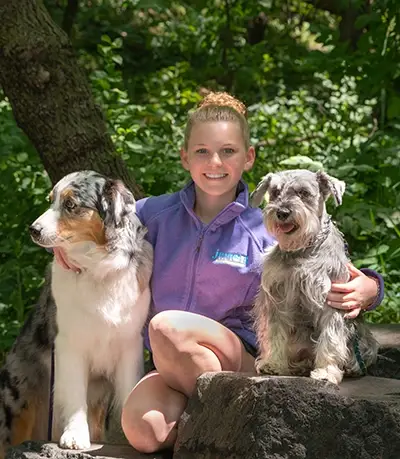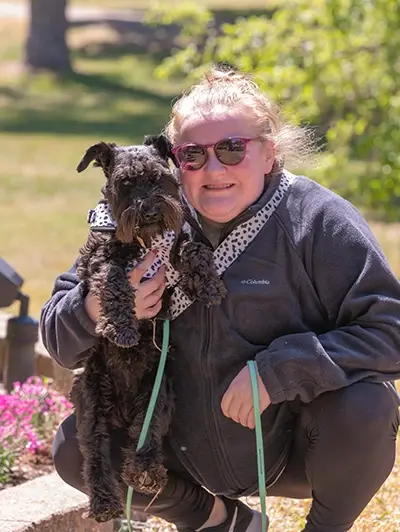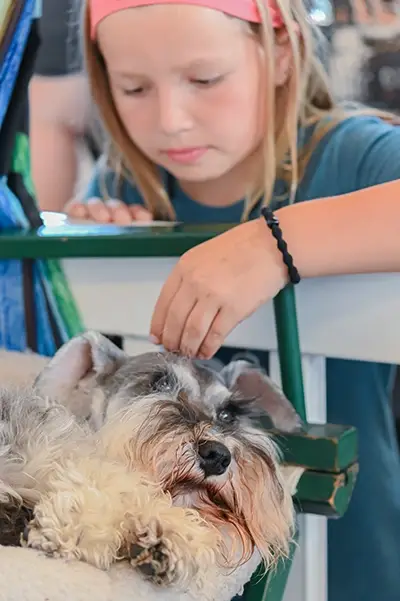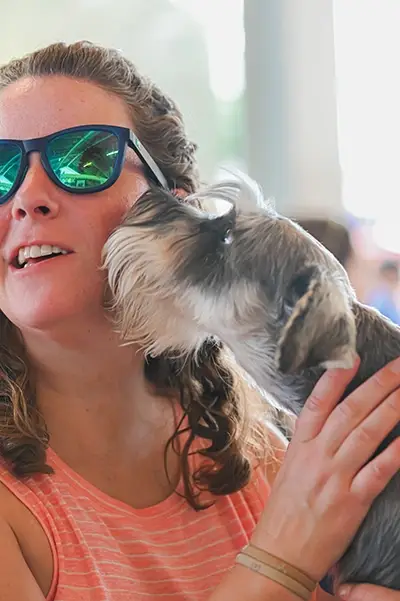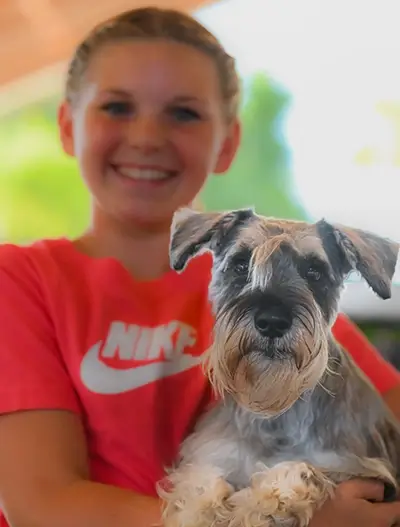Buying a Schnauzer
- Home
- Buying a Schnauzer
TIPS ON BUYING A MINIATURE SCHNAUZER


1. There are different types of breeders
A Responsible Breeder
A Responsible Breeder —is knowledgeable about his breed; screens for genetic diseases; maintains good records; offers a written guarantee; offers information and assistance; probably belongs to a local and/or national breed club; and breeds with the thought of trying to improve his stock. Reputable breeders will often keep and show their best.
The Backyard Breeders
The Backyard Breeders —These breeders probably are not knowledgeable on the breed standard, and they don’t breed for better dogs. Their puppies are usually the result of breeding two pet-quality dogs, with no thought as to genetic problems, structure, or temperament. A poor quality puppy may cost you more in veterinarian bills in the long run.
Puppy Mills
Puppy Mills —The first precaution is to examine the environment in which the dogs are raised. Poor surroundings would include a barn, shed, or chicken-coop, especially when calves, chickens, and pets are all housed in the same structure, often under filthy conditions. One should be particularly cautious if there are thirty or forty pups of the same or different breeds in the shed, because you’ve probably walked into a typical puppy mill.
The Pet Shops
The Pet Shops —You may think that this is a good place in which to buy a puppy. Well, haven’t you ever wondered where the pet shops get their dogs? It’s from the Puppy Mills and Backyard Breeders who don’t care where their puppies go, that’s who! A Pet Shop will sell you a book on the breed and escort you out the door.
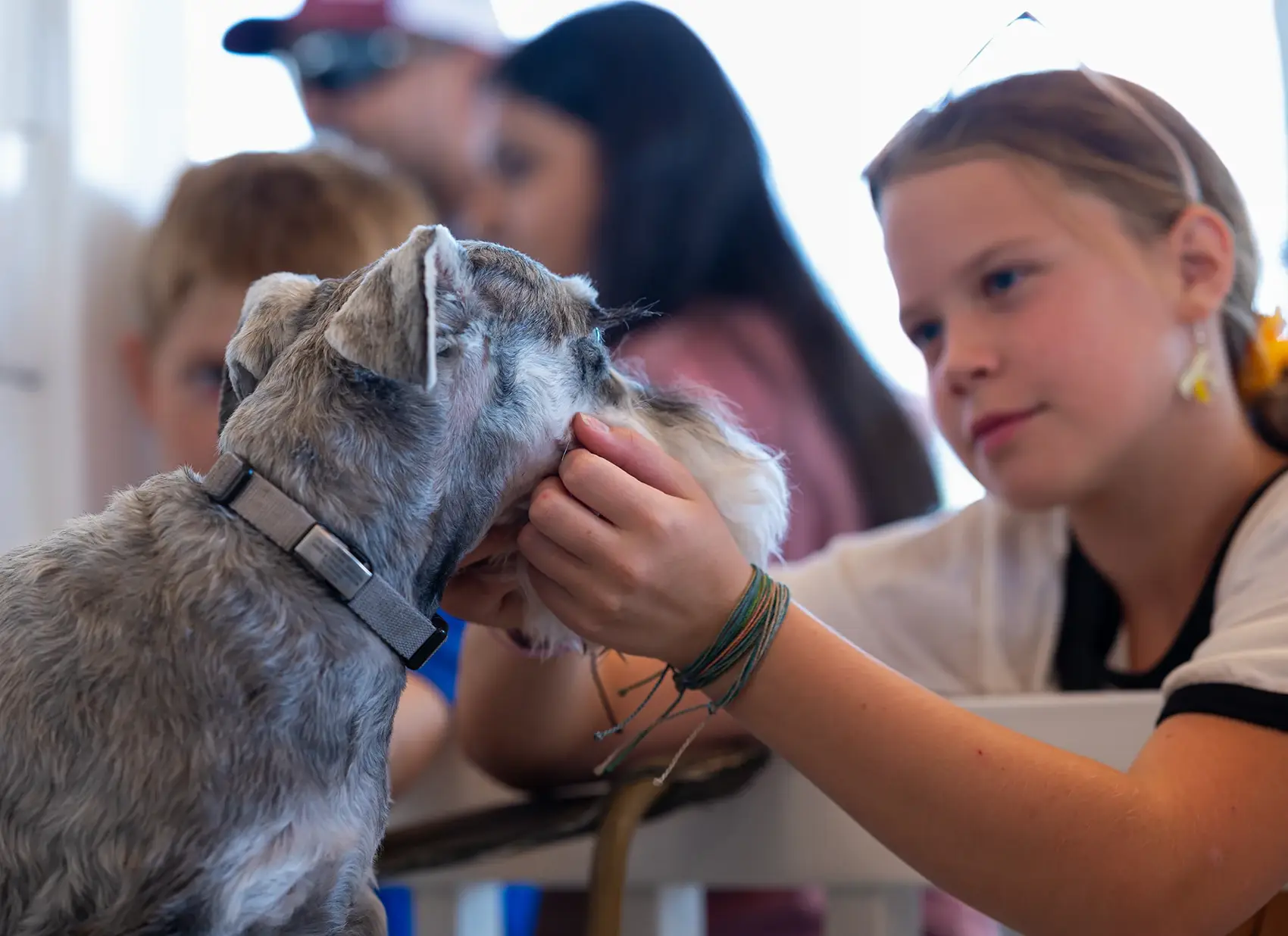
2.
NEVER buy the first puppy you see; there is a difference in litters. Look for a clean, active, bright-eyed puppy—one that comes readily to you without shying away. He should have been seen by a licensed veterinarian and have received his first inoculations for distemper, hepatitis, parainfluenza, and parvovirus (leptospirosis and corona are optional). The puppy should have been groomed and bathed.
3.
For proper animal socialization, the puppies should be with their littermates THROUGH 7 weeks. NEVER BUY A PUPPY YOUNGER than 7 weeks of age, and more preferably 8-10 weeks. If buying an older dog or puppy over twelve weeks of age, make sure that it is well-socialized and has been exposed to different surroundings. Puppies require individual attention each day to help build self-confidence. A personality defect caused by heredity or environmental deficiencies can be improved with very hard work, but will never completely disappear.

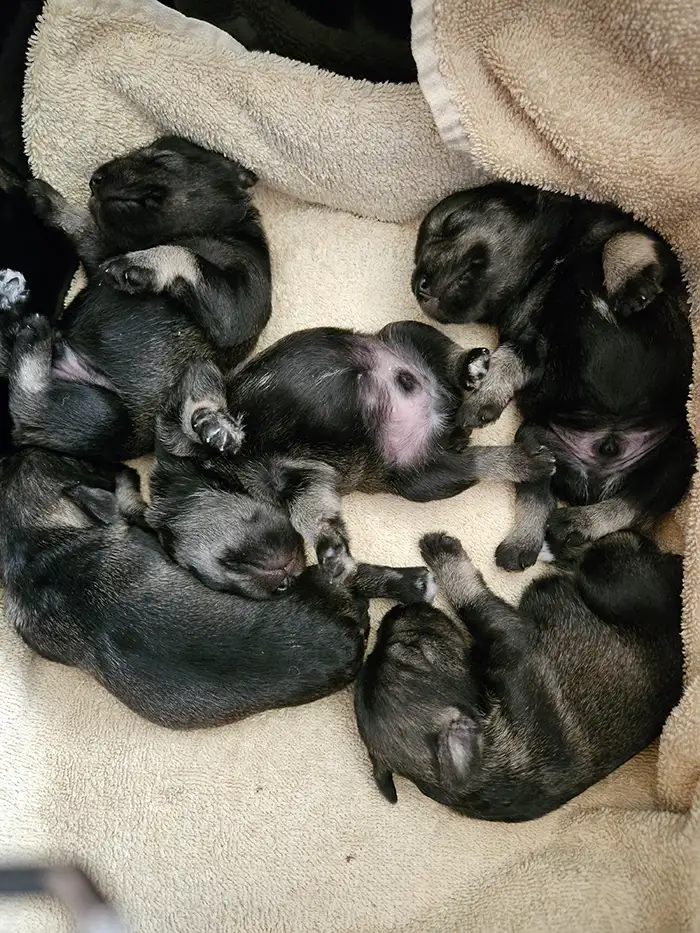
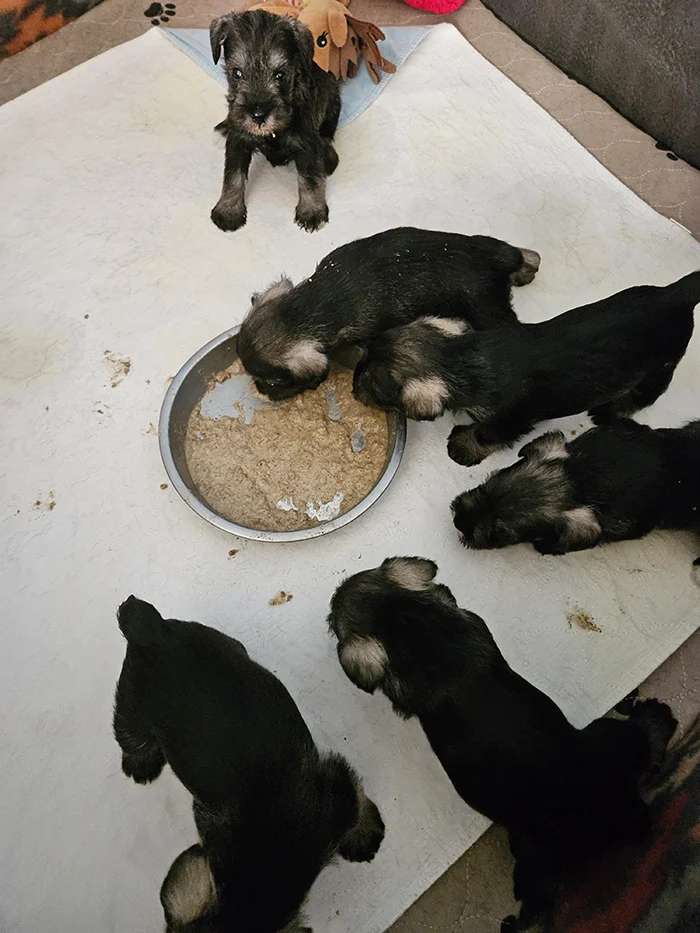
4.
Tails and dewclaws are done a few days after birth. Ear cropping is usually done around 8-10 weeks and is the responsibility of the breeder, not the buyer. Many Backyard Breeders do not crop puppies’ ears in order to keep their costs down. Uncropped ears may have a tendency to lift during teething, and you may end up with a dog whose ears stand erect like a jack rabbit. If you are considering the purchase of an uncropped puppy, but plan to have it cropped, ask the breeder what recourse you will have if the puppy dies under anesthesia. You may be out the price of a puppy. If you prefer an uncropped dog, a knowledgeable breeder should be able to select a puppy for you whose ears will stay down.
5.
Reputable breeders have their breeding stock examined yearly by a board-certified veterinary ophthalmologist or ERG’d (electroretinogramed) after 16 weeks of age. If their stock is not testbred clear for Congenital Cataracts, the puppies should be slit-lamp examined after 8 weeks of age. These cataracts will be visible to the owner by about one year of age. Miniature Schnauzers have several eye diseases (most hereditary) that can cause eventual blindness in the dog: Progressive Retinal Atrophy (PRA) causes slow, progressive blindness, while Sudden Acquired Retinal Degeneration (SARD) results in sudden blindness. Low Amplitude Retinal Degeneration (LA) may result in night blindness or visual problems in an older dog. Watch your pet’s eyes, have them checked by a veterinary ophthalmologist if you suspect a problem, and if anything abnormal is found, please contact your breeder and let him know the results. Other hereditary health problems that may affect the Miniature Schnauzer are Von Willebrand’s Disease (VWD) and bladder stones.
6.
As a purchaser, you should receive a 3-5 generation pedigree and a written contract guaranteeing health. The contract must state that he or she is a purebred Miniature Schnauzer, and you should have it specified in writing that he/she is clear of Congenital Cataracts. You should be allowed 3-5 working days to have the puppy examined by your veterinarian, and if anything is wrong with the puppy, be given your money back. A reputable breeder stands behind his or her dogs. Some breeders withhold registration papers until they get proof of sterilization or sell dogs with Limited Registration Privileges to insure that pet-quality animals will not be bred.
7.
NEVER BUY A PUPPY AS A GIFT AND NEVER BUY A PUPPY THROUGH A THIRD PARTY!
8.
There are only three acceptable colors for Miniature Schnauzers. They are Salt & Pepper, Black, and Black & Silver.
